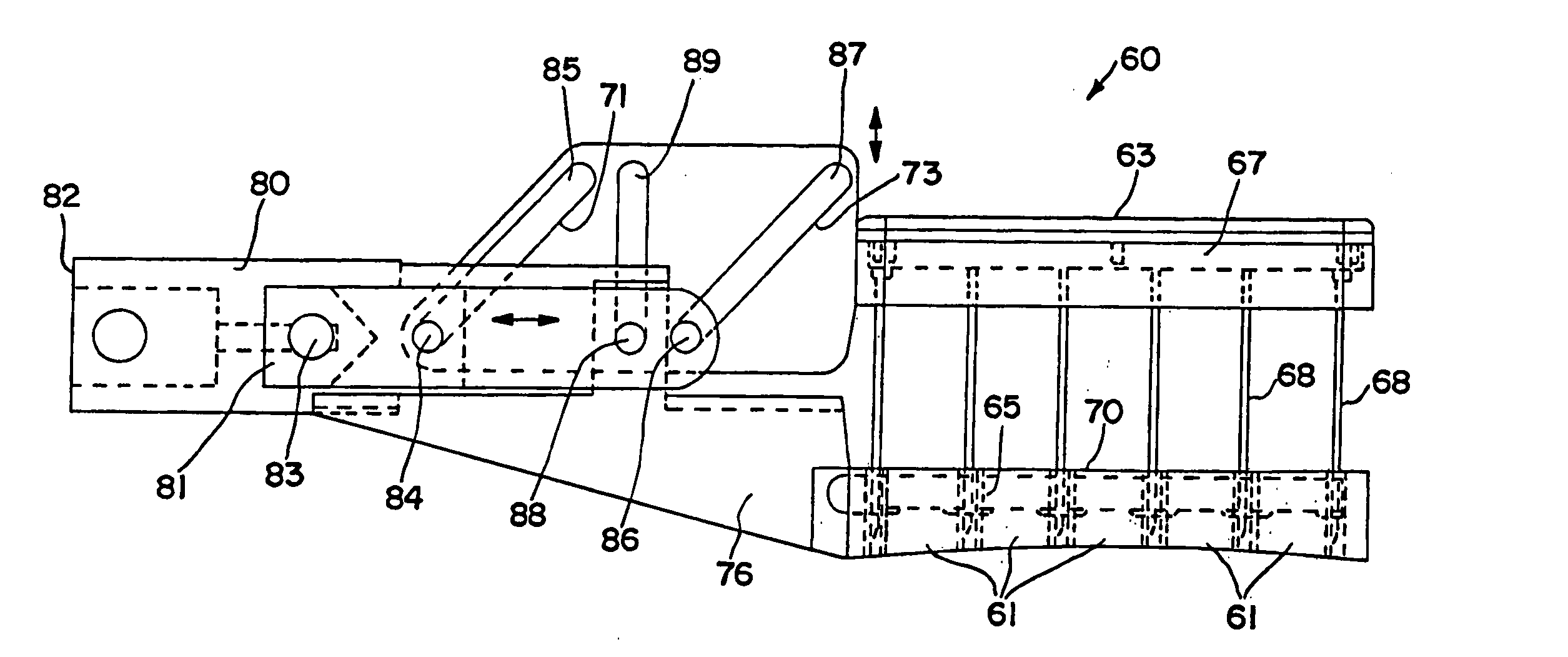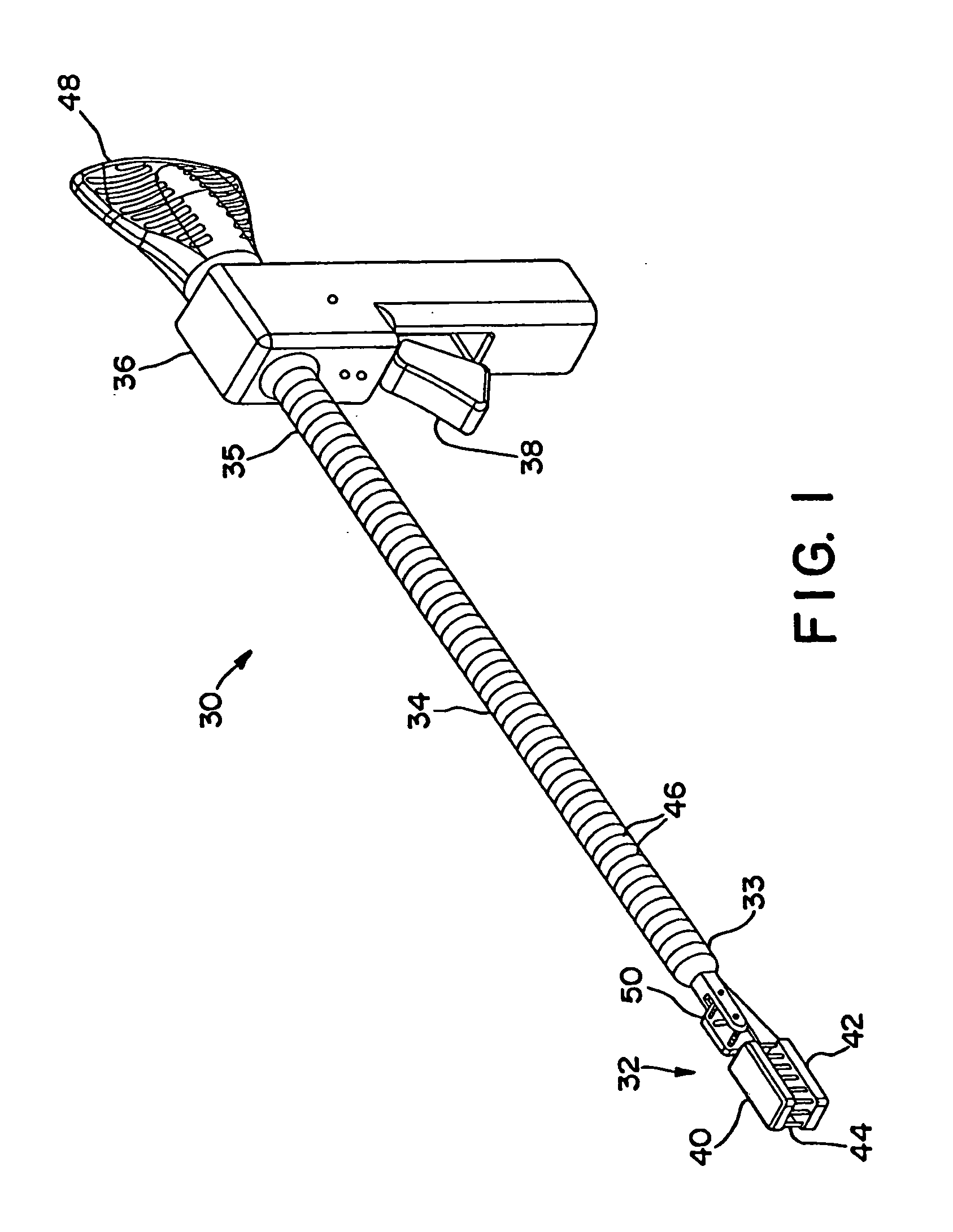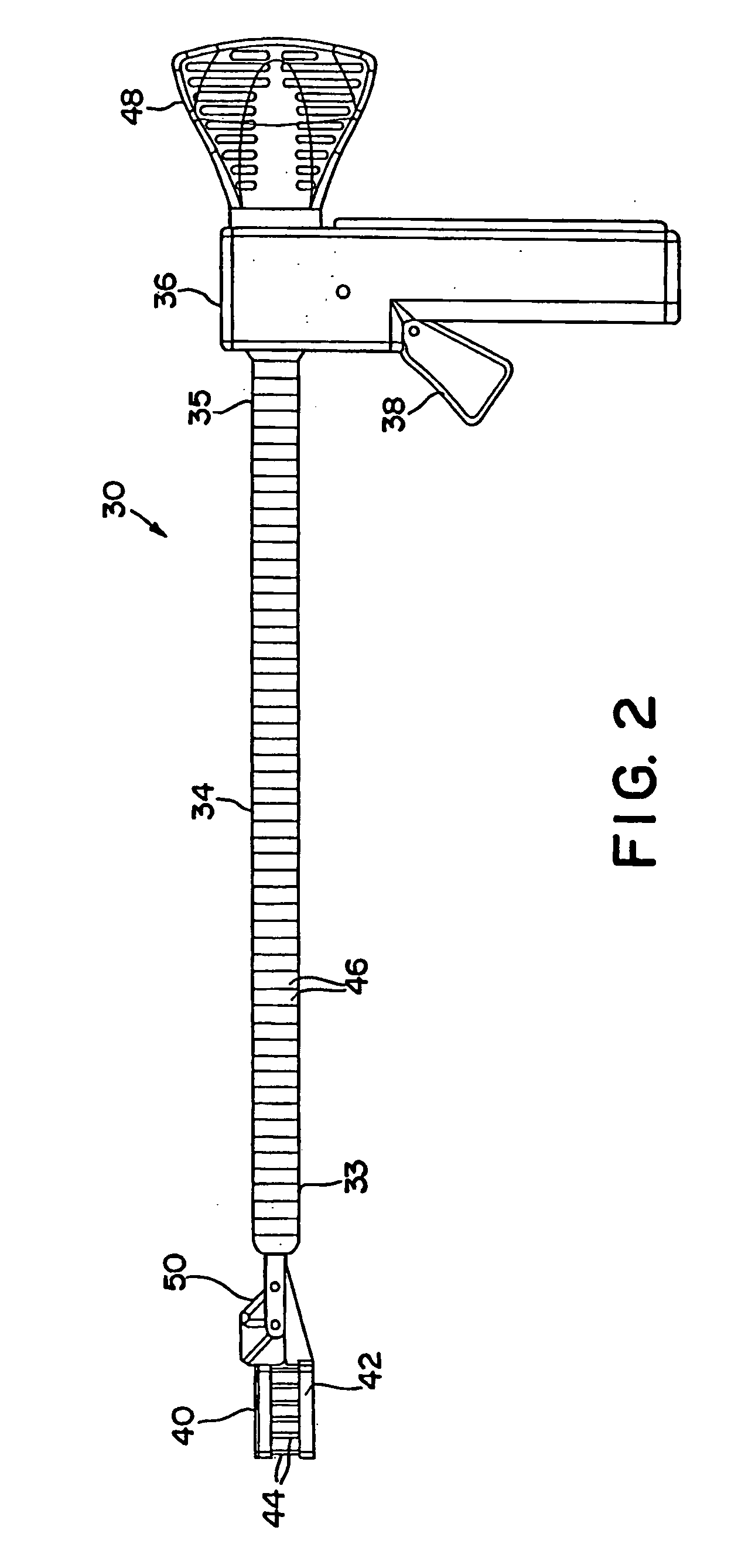Devices and methods for interstitial injection of biologic agents into tissue
a biologic agent and tissue technology, applied in the field of medical devices and methods, can solve the problems of unattractive scars, increased complications, and severe trauma to the thoracic muscle and ribs, and achieve the effects of reducing the safety of patients, and reducing the risk of infection
- Summary
- Abstract
- Description
- Claims
- Application Information
AI Technical Summary
Benefits of technology
Problems solved by technology
Method used
Image
Examples
Embodiment Construction
[0141] The following detailed description should be read with reference to the drawings, in which like elements in different drawings are numbered identically. The drawings, which are not necessarily to scale, depict selected embodiments and are not intended to limit the scope of the invention. Several forms of invention have been shown and described, and other forms will now be apparent to those skilled in art. It will be understood that embodiments shown in drawings and described below are merely for illustrative purposes, and are not intended to limit the scope of the invention as defined in the claims that follow.
[0142]FIGS. 1 and 2 illustrate an interstitial injection device 30 having a distal injection head 32, an elongate shaft 34, and a proximal handle 36. Elongate shaft 34 includes generally a distal region 33 and a proximal region 35. Proximal handle 36 includes a trigger mechanism 38 for initiating the needle insertion and / or fluid injection. Distal injection head 32 may...
PUM
 Login to View More
Login to View More Abstract
Description
Claims
Application Information
 Login to View More
Login to View More - R&D
- Intellectual Property
- Life Sciences
- Materials
- Tech Scout
- Unparalleled Data Quality
- Higher Quality Content
- 60% Fewer Hallucinations
Browse by: Latest US Patents, China's latest patents, Technical Efficacy Thesaurus, Application Domain, Technology Topic, Popular Technical Reports.
© 2025 PatSnap. All rights reserved.Legal|Privacy policy|Modern Slavery Act Transparency Statement|Sitemap|About US| Contact US: help@patsnap.com



